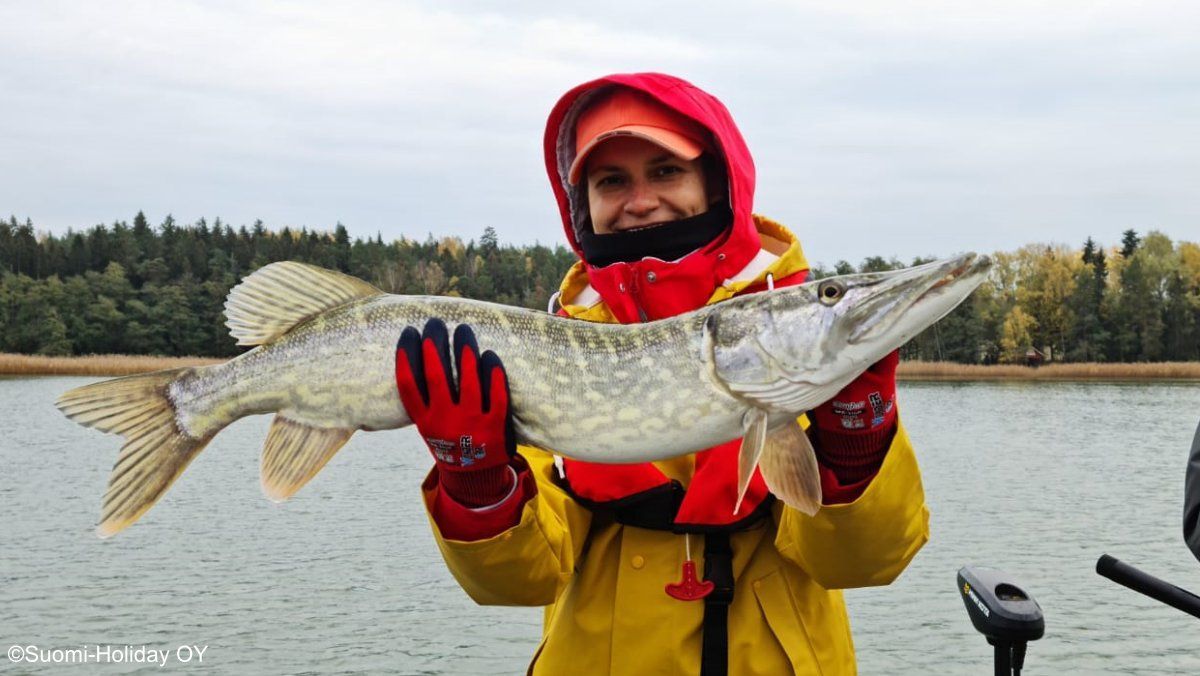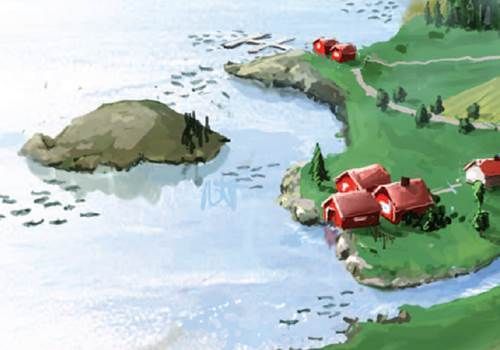Where to Fish on a Lake in Finland: A Practical Guide
Fish don’t stay in one place. Throughout the day, they move around the lake, choosing spots that are safe, comfortable, and rich in food. To catch fish, it’s not enough to simply cast your line - it’s important to understand where and why you should do it.

Fish Behavior and Choosing the Right Spot
At different times of the day, fish are found in different parts of the lake. Early in the morning, in the evening, and at night, many species come closer to the shore to hunt small fish, insects, or larvae. During the day - especially in hot weather - they retreat to deeper areas where it's cooler and calmer.
Fish behavior depends on:
- water temperature,
- light levels,
- bottom structure,
- availability of cover (vegetation, rocks),
- currents and inflows.
If you’ve caught fish in a specific spot once, there’s a good chance they’ll return there. Fish tend to stick to their “home” hiding places, but they also become cautious quickly. If there's a lot of fishing activity in one area, the fish may move to quieter zones. In that case, it’s better to switch locations. For example, to the opposite shore or to another area with similar conditions.

Promising Lake Fishing Spots:
- areas near the mouths of rivers and streams, especially where cold water mixes with warm;
- reed beds, lily pads, and the edges of aquatic vegetation;
- underwater drop-offs, ledges, and deep holes;
- points, islands, and rocky areas;
- the shady side of the lake during hot weather, especially under overhanging trees;
- docks, piers, and areas with submerged obstacles or fallen trees;
- reverse currents behind large boulders or in narrow parts of the channel.
- Fish are drawn to edges - the edge of a current, the boundary between light and shadow, or the transition between vegetation and open water.

Shore or Boat Fishing?
Start by analyzing the shoreline. Many promising spots can be found without entering the water, especially at dawn and dusk. A boat makes it easier to explore deeper areas of the lake, but your casts should cover the shore, under the boat, and into open depths. Try different retrieve speeds and styles, and vary your lures in size and color.
Tip: Accuracy is more important than casting distance. It’s better to hit a promising spot near a submerged log than to cast far into empty water.
What Else to Keep in Mind:
- On clear days, use small, natural-looking lures - fish tend to be cautious.
- On cloudy days, larger and duller lures work better - fish are more active and less selective.
- Watch the fish’s behavior. Sometimes they may follow your lure without striking. This is a sign to change the color, weight, or type of lure.
- Approach the shore quietly - fish see and sense vibrations better than many realize.
Checklist: How to Find Fish in a Lake
| TIME | WHERE |
|---|---|
| Morning (till 9:00) | Near the shore, in the weeds |
| Day (10:00–16:00) | Near the shore, in deep holes |
| Evening (17:00–21:00) | Back closer to shore, near vegetation |
| Night | In cover near the shore, around docks |
Where to look:
- Lily pads and reed beds
- Points, islands, and rocky outcrops
- Stream mouths and local inflows
- Depth changes (drop-offs, ledges)
- Overhanging trees and submerged logs
- Bridges, docks, underwater boulders
- Areas with moderate current or current edges
Fishing Tips:
- Start from the shore, especially in the morning and evening
- Cast in different directions and at varying distances
- Imagine where you’d hide if you were a fish
- Watch your lure - if a fish follows but doesn’t strike, change tactics
- In hot weather: fish stay in shade or deep water; on cloudy days - closer to the surface
- Always try casting along reed lines or between submerged bushes

